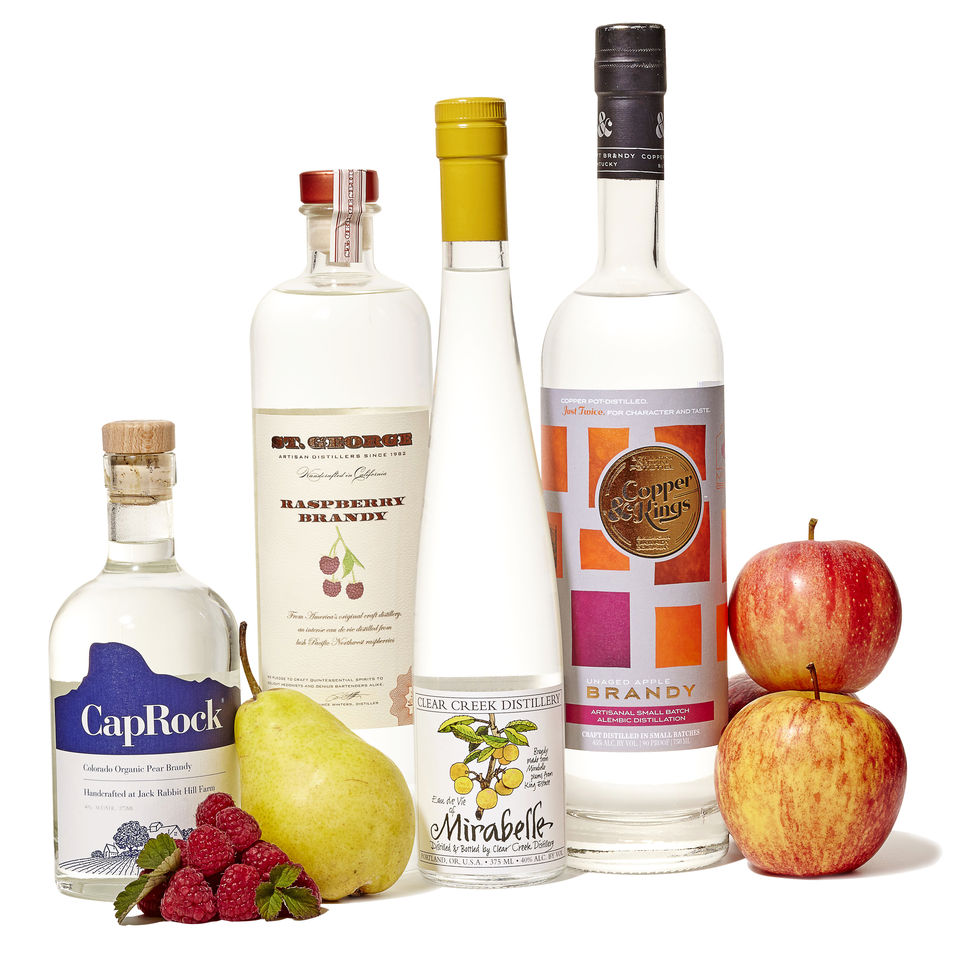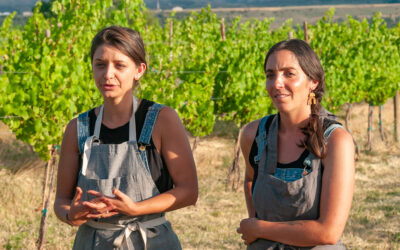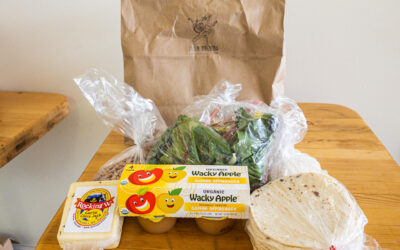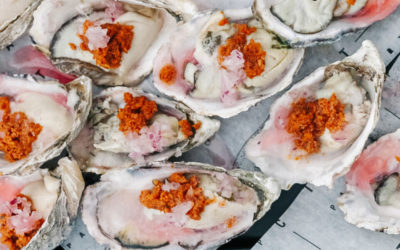
F. MARTIN RAMIN/THE WALL STREET JOURNAL, STYLING BY ANNE CARDENAS
BLAME IT ON the name: eau de vie, “water of life” en français. It summons visions of medieval plague remedies, or something your grandmother might sip from a cordial glass.
Perhaps that’s why Copper & Kings, a new Louisville, Ky., distillery from the marketing-savvy founders of Crispin’s Cider, avoids the term entirely. They refer to their fruit-based spirits as “immature brandy,” “unaged brandy”—some even call it “American pisco.”
Simply defined, eau de vie is a fruit brandy that has not been aged. Pears, apples, raspberries and the like are fermented and twice distilled into clear, bracing spirits about the strength of a gin or vodka, with ghostly echoes of the fruit’s flavor but none of its residual sweetness. Imagine a subtler, more complex, farm-to-table version of flavored vodka.
Eaux de vie represent a niche category in the U.S., but they are making headway. Bartenders have begun to embrace the drink as an appealing alternative to those other aforementioned white spirits. “It’s a white spirit for people who like whiskey,” said Joe Heron, the owner of Copper & Kings. The distillery’s first bottles hit the market in 2014. Alameda, Calif.-based St. George Spirits, which has been making eaux de vie for more than three decades, used to export 90% of theirs; now, they are having trouble finding enough quality fruit to keep up with American demand.
The interest is not unprecedented. In the 18th and early 19th centuries, nearly every American farmer had a small orchard and distilled some of his fruit into brandy to eke the greatest value, and shelf life, out of his crop. George Washington made a peach eau de vie at Mt. Vernon; the historical site has resumed production and sells bottles at its gift shop. But after vineyards and orchards were destroyed en masse by roving armies during the Civil War, most of them were never replaced. Grain-based spirits have flourished here ever since.
To add to its appeal, eau de vie supports small fruit farmers by providing them with a lucrative market for flavorful but visually imperfect produce that grocery stores pass on. Jörg Rupf, the founder of St. George Spirits, said that in the case of his pear eau de vie, he often favors smaller, dry-farmed fruits. Lance Hanson, who makes both peach and pear eaux de vie under the CapRock label, gets all his fruit from organic farmers within jogging distance of his distillery in Colorado’s North Fork Valley—and pays almost double what they’d get from other buyers. “We have this higher-level mission to work in a way that’s a shot in the arm for local growers,” he said.
How best to drink eau de vie? In Europe it is traditionally served neat as an after-dinner drink, but it also makes for an exceptionally good cocktail component. You can mix it with soda or tonic, or swap it into classic gin or vodka cocktails like a gimlet or a Moscow mule. Jeremy Johnson, the owner of the bar Meta in Louisville, recommends starting off by drinking eau de vie on the rocks with a twist of lemon, then experimenting. “It’s light and vibrant, and completely suited to two- or three-ingredient cocktails,” said Mr. Johnson. Just be careful not to bury it among too many flavors. Unlike infused vodkas, eau de vie has nuances that are easily overpowered.




